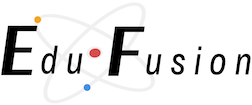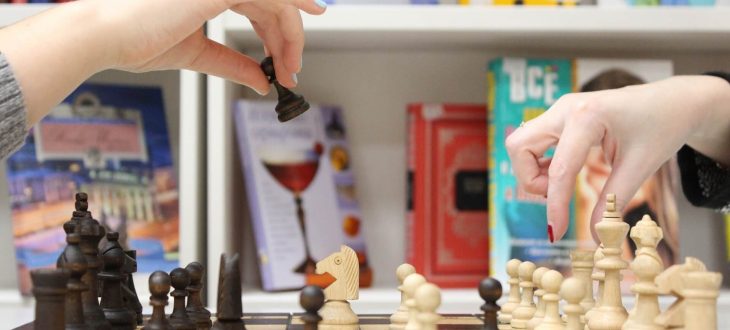Have you ever made a bad choice in life? Most of us have at some point and if we go back and analyze what went wrong, we often find that there was some barrier to our critical thinking keeping us from making the best choice among the alternatives that we have. To understand and spot the barriers is important because we can often develop strategies for dealing with these roadblocks to good decision making.
Today I will focus on just a few with examples that highlight how we are currently dealing with the COVID 19 outbreak. The barriers that have surfaced are fear, anger, denial, egocentrism, and Sociocentrism. Each one of these barriers can have a significant impact on our decision making and with so many important decisions now that must be made, we want to be certain we are making the best possible choice.
Fear is perhaps one of those barriers that are partly ingrained through our evolution. In essence, fear encourages us to act—either rationally or irrationally. Take for example how people are dealing with the outbreak of the coronavirus. There are many examples of how people are reacting out of fear rather than using critical thinking to work through and find a solution. Whether we are talking about the hoarding of something like toilet tissue or something more dangerous like attacking someone not social distancing, how we react can be traced back to this barrier. Roalfe (1929) posits that “the real force or menace behind all fear and anxiety is desire” (p. 35). Our desire for safety and security essentially can overwhelm our ability to use our critical thinking to make good choices.
Anger is another of the barriers to thinking. When people are angry they will often ignore important information that might help resolve the root cause of the anger. Berkowitz and Jones (2004) explain that “anger is often intermixed with the fright so that the fearful persons are all too apt to be angry as well, particularly when they think they cannot escape from the danger” (p. 152). This is particularly pertinent as people react to the COVID 19 crisis. Many people simply cannot escape an outbreak and they will react with both anger and fear. One not mentioned though is denial.
Denial or repression is perhaps more dangerous than our initial impulse of anger because we can rationalize ourselves into believing something that is not factual rather than dealing with the issue. Whether it manifests in refusal to take protective measures or leads to risky behavior, the outcome can be detrimental not just to the person, but to others as well. Even when confronted with the facts, denial can keep a person from making the decisions needed for personal protection. We saw this play out again and again as people carried on as if nothing was really happening, even as the hospitals were flooded with sick and the numbers grew daily.
As critical thinkers, we can use the same methods we use for daily problem solving to help us make the best possible solution, even when dealing with a life-altering outbreak like the current COVID 19 pandemic we are currently going through. The first thing that must happen is the realization that there is a problem. As mentioned above, this can be very difficult when there are so many different voices trying to influence our understanding and how we are wired psychologically. Without the realization of the problem though, there can be no solutions. But how do we decide in such a fractured approach to the possible solutions? El-Hai & Machado (2020) state that
when the problem is not consensually stated to a significant extent, the search for solutions becomes openended, with different stakeholders championing alternative solutions and competing with one another to frame ‘the problem’ in a way that directly connects their preferred solution and their preferred problem definition, and, besides, fulfills their own interests and pleases their own values. (p.6)
What this suggests is that we must advocate for ourselves and seek out the best possible information. Whether we are reviewing information from the CDC or our state health department, the voices of the professionals can help us gain the insight we need. Understanding is key because it can help us to explore the alternatives we have available as we move forward towards a solution.
Exploring the alternatives is also important because in this stage we can weigh the pros and cons of how the possible decisions will affect us. This stage can be as complex as any and as reflected in the quote above, how we view the possibilities is impacted by how the issue is framed.
Then we will make the decision and implement the plan. In this stage, there will likely be some uncertainty and how we deal with the uncertainty can impact how willing we are to accept the risk in the decision. A young, healthy person is not likely to see the same risk as an older person with a pre-existing condition. As noted though in the available research, even the young can be impacted by the virus and young people can be potential spreaders of the disease when asymptomatic.
The final step in decision making a review of how well the plan is working. As I write today, the country has started opening back up and the number of cases has started to rise. As critical thinkers, we track our progress and work to make adjustments when needed. The question remains though, will people use social distancing and face coverings as a way slow the disease as the economy restarts, or will some slip into a state of denial?
References
Berkowitz, L., & Harmon-Jones, E. (2004). More thoughts about anger determinants. Emotion, 4(2), 151-155. doi:http://dx.doi.org/10.1037/1528-3542.4.2.151
El-Hani, C., & Machado, V. (2020). COVID-19: The need of an integrated and critical view. Ethnobiology and Conservation, 9 Retrieved from https://search.proquest.com/docview/2404320755?accountid=35812
Roalfe, W. R. (1929). The psychology of fear. The Journal of Abnormal and Social Psychology, 24(1), 32-40. doi:http://dx.doi.org/10.1037/h0071654

